COPY AND PASTE ALL THE CONTENT BELOW
- TITLE THIS BLOG POST: Game Design – Week 13 – Changes
- IF YOU WANT, PLACE A CREATIVE COMMONS IMAGE FROM SEARCH.CREATIVECOMMONS.ORG AT THE TOP OF THE POST
- REVIEW THESE BLOG POST EXAMPLES:
- DELETE ALL OF MR. LE DUC’s ALL UPPERCASE INSTRUCTIONS

“The successful free to play games are selling positive emotions. Not content.” – Nicholas Lovell
“It should be the experience, that is touching. What I strive for is to make the person playing the game the director.” – Shigeru Miyamoto
SUMMARY
- Write your weekly summary here, last, at the end of the week…
- Only one to two sentences of WHAT YOU DID
- DELETE ALL OF MR. LE DUC’s INSTRUCTIONS, AFTER YOU ARE DONE
PRACTICE ROOM (TUTORIALS)

Construct 3 – Javascript
- I completed up to the string operators lesson.
CLASSROOM (THEORY & ANALYSIS)
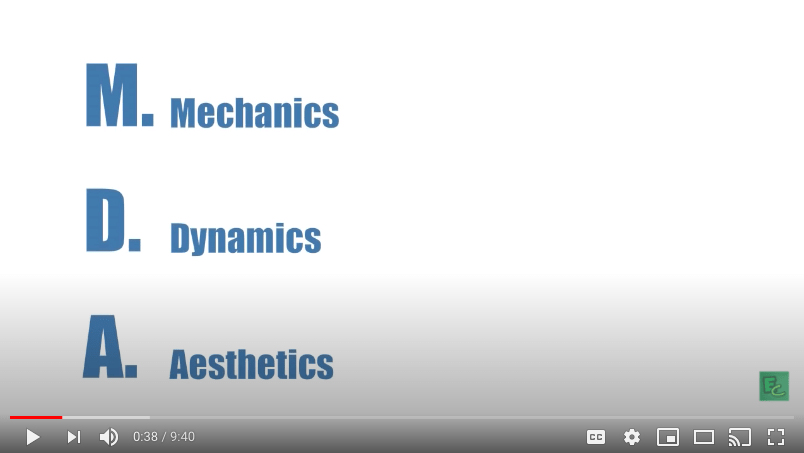

Eight Types of Aesthetics
- Sensation (Game as sense-pleasure): Player enjoys memorable audio-visual effects.
- Fantasy (Game as make-believe): Imaginary world.
- Narrative (Game as drama): A story that drives the player to keep coming back
- Challenge (Game as obstacle course): Urge to master something. Boosts a game’s replayability.
- Fellowship (Game as social framework): A community where the player is an active part of it. Almost exclusive for multiplayer games.
- Discovery (Game as uncharted territory): Urge to explore game world.
- Expression (Game as self-discovery): Own creativity. For example, creating character resembling player’s own avatar.
- Submission (Game as pastime): Connection to the game, as a whole, despite of constraints.
MDA Notes
- Mechanics
- Dynamics
- Aesthetics
LAB (THEORY PRACTICED)
- Set a timer
- Spend up to 15 minutes
- According to Wikipedia:
- Mechanics are the base components of the game – its rules, every basic action the player can take in the game, the algorithms and data structures in the game engine etc.
- Dynamics are the run-time behavior of the mechanics acting on player input and “cooperating” with other mechanics.
- Aesthetics are the emotional responses evoked in the player.
Brainstorm Ideas for Each of the Eight Categories
- At least one idea per category, but feel free to add more you your favorite categories
- Write a short sentence for each idea with these three elements included in each description
- Someone or thing fighting/struggling against Someone or thing for Someone or thing
DELETE ALL OF MR. LE DUC’s INSTRUCTIONS, AFTER YOU ARE DONE
- Sensation (Game as sense-pleasure): The player enjoys memorable audio-visual effects.
- Beautiful music and visuals, such as in Super Mario Galaxy, which does the best at this out of every Mario game, in my opinion. Of course, take into account the setting and the point in the game the player is in.
- Fantasy (Game as make-believe): Imaginary world.
- Elements of medieval fantasy would be the obvious choice, but picture this. America in the 1920-30s, but starring mythical creatures in place of humans. There could be many allegorical design and role choices for each of the creatures and it would generally be an interesting idea.
- Narrative (Game as drama): A story that drives the player to keep coming back
- Going back to my idea above. Something like this would probably work well as a story-based game. Perhaps one with chapters acting as levels.
- Challenge (Game as obstacle course): Urge to master something. Boosts a game’s replayability.
- Place idea here…
- Fellowship (Game as social framework): A community where the player is an active part of it. Almost exclusive for multiplayer games.
- Place idea here…
- Discovery (Game as uncharted territory): Urge to explore the game world.
- Place idea here…
- Expression (Game as self-discovery): Own creativity. For example, creating a character resembling player’s own avatar.
- Place idea here…
- Submission (Game as pastime): Connection to the game, as a whole, despite of constraints.
- Place idea here…
OUTSIDE (CREATIVITY, PRODUCTIVITY & THE BRAIN)
- Set a timer
- Spend 30 minutes in this ‘room’
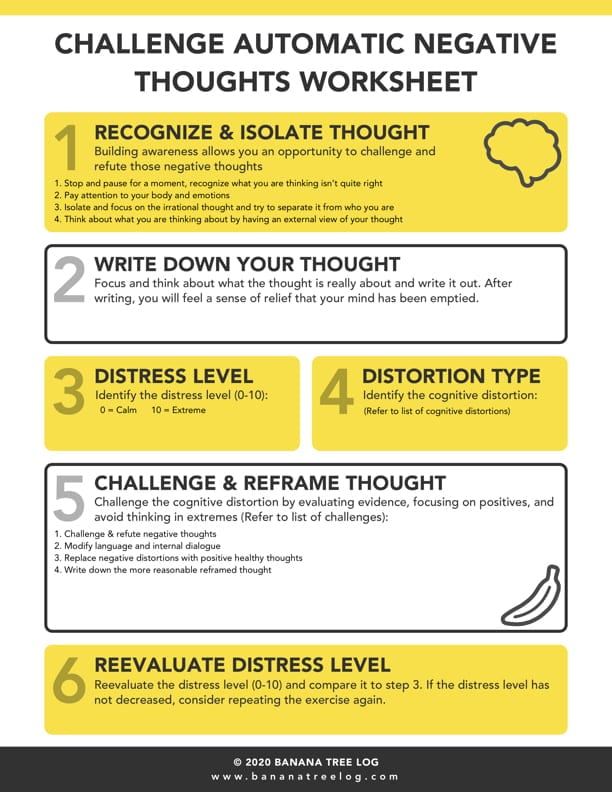
- Review the Challenging Automatic Negative Thoughts Worksheet infographic for 10 minutes (Click for larger PDF version)
- If you want, read more at bananatreelog.com/blog/challenging-cognitive-distortions
- Then review these ‘6 steps will help in reframing negative thoughts and over time your thoughts will be replaced with more rational thinking.’
- Recognize and Isolate the Thought
- Write Down the Thought
- Identify the Distress Level
- Identify the Cognitive Distortion (view PDF)
- Worksheet from bananatreelog.com
- Challenge & Reframe Your Thoughts
- Reevaluate the Distress Level

- Go for a 10-minute walk, if it is safe to do so
- Reflect on this ‘simple way to overcome negative automatic thinking by challenging and reframing the thoughts in a positive way.’
- Writing a small paragraph reflection for 10 minutes
- DELETE ALL OF MR. LE DUC’s INSTRUCTIONS, AFTER YOU ARE DONE
STUDIO (CREATIVITY)
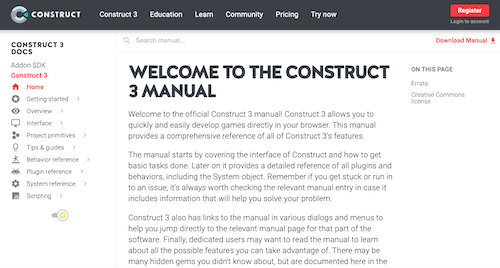
- Set a timer
- Spend 30 minutes in this ‘room’
- Read the Construct Manual Sections
- Home
- Getting started
- Overview
- Interface
- Project primitives
- Tips & guides
- Behavior reference
- Plugin reference
- System reference
- Scripting
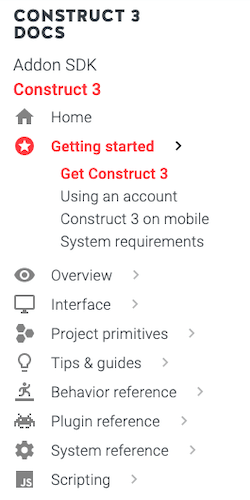
- Read the Construct Manual Sections
- Write a couple sentence description of what you learned
- DELETE ALL OF MR. LE DUC’s INSTRUCTIONS, AFTER YOU ARE DONE
CONTROL ROOM (PRODUCTION)
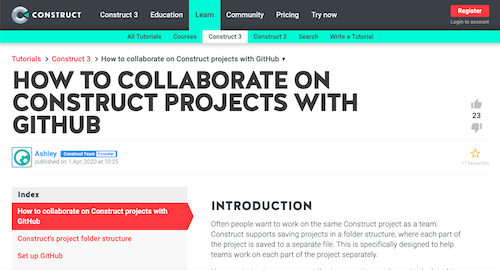
- Set a timer
- Spend up to 15 minutes in this ‘room’
- Read How to collaborate on Construct projects with GitHub
- Write a couple sentence description of what you learned
- DELETE ALL OF MR. LE DUC’s INSTRUCTIONS, AFTER YOU ARE DONE
WHAT I LEARNED and PROBLEMS I SOLVED
- Write only a few sentences of WHAT YOU LEARNED
- In one or two sentences, describe a PROBLEM YOU SOLVED
- DELETE ALL OF MR. LE DUC’s INSTRUCTIONS, AFTER YOU ARE DONE
WEEKLY ACTIVITY EVALUATION
- Give feedback on this week’s class Content and Process
- Fill in the Weekly Activity Evaluation
- DELETE THIS WHOLE SECTION, AFTER YOU ARE DONE